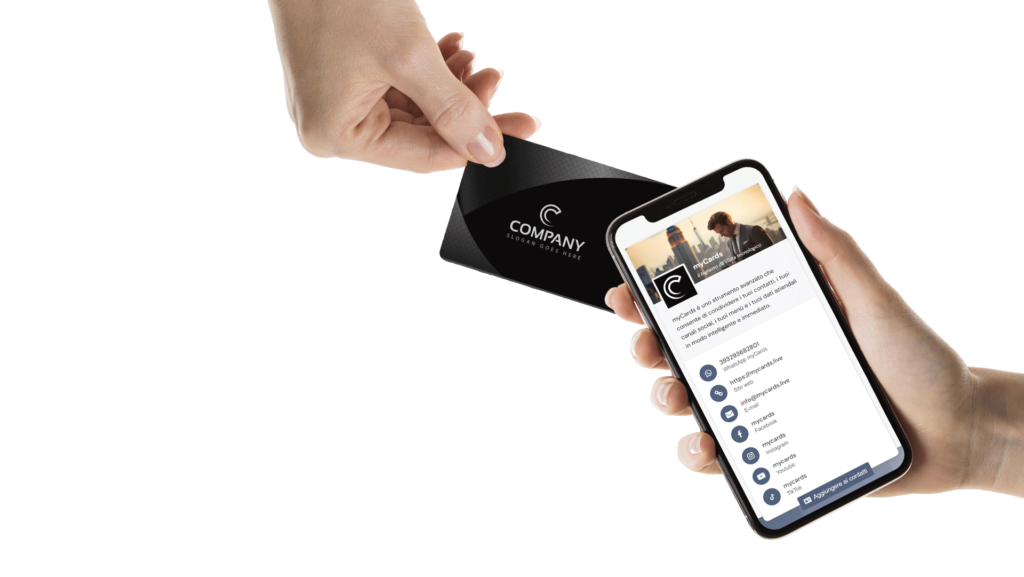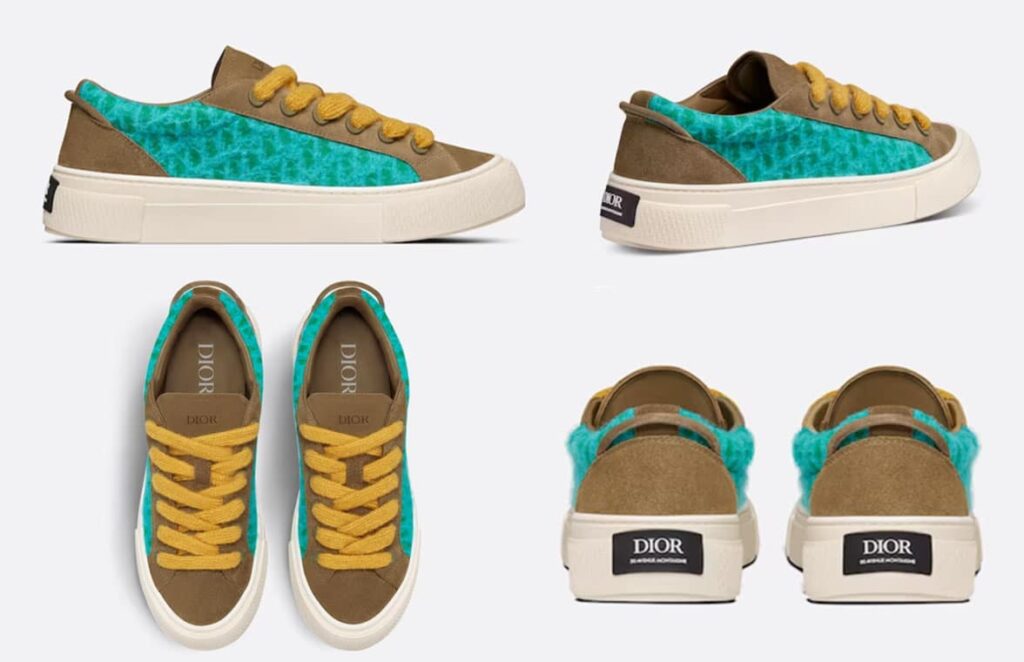NFC Technology: A Complete Guide for Android and iOS Users
When it comes to buying a new smartphone, the presence of NFC (Near Field Communication) connectivity is one of the features most often listed in the technical specifications. But what exactly is NFC technology and how can it improve your experience with digital devices? Here's everything you need to know about this versatile technology and why it could be a must-have in your next device.
What is NFC and how did it originate?
NFC, an acronym for Near Field Communication, is a technology that allows wireless communication between devices located within a short distance of each other. This standard was developed in 2004 by a consortium of companies including Philips, Sony and Nokia. Subsequently, other companies such as LG and Samsung joined the NFC Forum project.
NFC technology has its roots in another communication system called RFID (Radio Frequency Identification). While RFID is primarily used for identification and tracking, NFC goes further by offering the ability to transfer data, make payments, and much more. Devices with an integrated NFC chip can communicate with each other at a maximum distance of approximately 10 cm, making this technology ideal for applications that require a high level of security.
Advantages of NFC: Fast, Secure and Intuitive
One of the biggest attractions of NFC technology is its speed and ease of use. Unlike Bluetooth, which requires pairing between devices, NFC simplifies the process. For example, you don't need to enter a PIN or password to establish a connection. This speed and ease of use makes NFC particularly useful in applications such as mobile payments.
The short communication distance, together with the simultaneous activation of the transmitter and receiver, guarantees a high level of safety. This makes it difficult for attackers to intercept or interfere with the communication. It is for this reason that NFC is often used in financial transactions or other scenarios that require a high degree of security.
Practical Applications of NFC: Not Just Smartphones
Connection with Audio Devices
NFC technology can significantly improve your audio experience. Imagine that you have purchased a new pair of Bluetooth earphones. Normally you would go into your device's Bluetooth settings, search for earbuds, and enter a PIN for pairing. With NFC, all you have to do is activate the NFC function on your smartphone and bring the devices together. In a few seconds, your smartphone and your earphones will be connected, ready to transmit audio via Bluetooth.
Easy Data Transfer
If you want to share photos, documents or contacts with a friend, NFC technology can make the process much easier. Once you've selected the data you want to share, just set up sharing via NFC and place the devices together. A Bluetooth connection is automatically activated, allowing for fast and hassle-free data transfer. This functionality isn't just limited to smartphones or tablets. Some digital cameras and printers are equipped with NFC chips, allowing for easy transfer of photos or initiation of print jobs.
In conclusion, NFC technology offers a series of applications that go far beyond mere data transfer. From quick connection with audio devices to secure mobile payment, the possibilities are almost limitless. If you're wondering whether NFC is a “necessary” feature for your next device, the answer is that it could become one of the most useful and convenient aspects of your new purchase.
What is NFC Authentication
Near Field Communication (NFC) technology is increasingly becoming a point of reference for authentication solutions. This technology allows secure and immediate wireless communication between two devices, such as smartphones, tablets and other hardware platforms. While many associate NFC primarily with the exchange of information between two smartphones, its application goes much further.
Usage Scenarios for NFC Authentication
One of the most common cases is the use of tools dedicated to authentication, such as Smart Cards and USB dongles with integrated NFC chips. These devices are used to confirm your identity and access specific functions on another device. For example, some external hard drives use NFC technology to unlock access to encrypted data, eliminating the need to enter a password manually.
Mobile and NFC payments
NFC is also the technology behind mobile payment services such as Google Pay and Apple Pay. Instead of having to enter your credit card details or a PIN, you can simply hold your smartphone up to the payment terminal (POS) to make a transaction. This not only simplifies the entire process, but also offers an additional layer of security through data encryption.
The Many Uses of NFC Tags
What Are NFC Tags
NFC tags are small electronic devices equipped with an NFC chip. These can be programmed to perform specific actions when a compatible device comes into range. NFC tags find applications in a variety of contexts, making them extremely versatile.
NFC Tags for Marketing
For example, store or shopping mall owners can use NFC tags to improve customer experience. By placing these tags in strategic places, it is possible to send promotional information directly to visitors' smartphones, as long as they have the NFC functionality activated.
NFC Tag in Museums and Tourist Attractions
In places such as museums or historic sites, NFC tags can be used to provide detailed information about the works on display or the history of the place. A visitor can simply hold their smartphone close to the tag to receive an audio guide or text description.
NFC Tags as Digital Business Cards
Imagine having an NFC tag as your business card. Simply hold the tag close to a potential customer's smartphone to automatically transfer your contact information via a vCard. This makes the networking process more fluid and innovative.
Automate Your Daily Life with NFC Tags
Finally, NFC tags can be used to automate some of your daily tasks. For example, by placing a tag near your workplace, you can make your smartphone automatically switch to silent mode. Likewise, an NFC tag near your home's entrance could turn Wi-Fi on or off.
Selection Criteria for NFC Tags
When choosing an NFC tag for your projects, consider the available memory space on the chip. While 100 bytes might be enough for simple tasks, you may need more space, up to 800 bytes or more, for digital business cards or more detailed information.
In conclusion, NFC offers a world of possibilities that go far beyond simply sharing information between mobile devices. From secure authentication to contactless payments, from tags for marketing to the automation of everyday life, NFC is a technology that is shaping our digital future in surprisingly useful ways.



How beautiful! Keep it up, I love your writing style
You made a complex topic very accessible. Bravo!
Great job! This article was a fantastic read
Congratulations for the clarity and precision of the information
I like how you laid out the points. Excellent article!
Finally an article that explains everything in detail
This is one of the best articles I have read on this topic
Your professionalism for the topic is felt in every word. Good work
Every time I read one of your articles, I always discover something new.
You managed to explain complex concepts in a simple way. Congratulations
This article helped me see things in a new perspective
Awesome! I will continue to follow your articles
I love how you can engage the reader from the very beginning.
always a pleasure to read articles written with such expertise
Clear and complete article
Thanks for sharing quality content
You managed to clarify many doubts I had.
I like your articles, they are always full of food for thought.
This article was a discovery! I will definitely recommend it
Thanks for sharing quality content
Excellent article, full of information.
I remained glued to the reading until the end
Si vede che c’è ricerca dietro, grazie per il valore che offrite.
Un punto di vista originale che ho molto apprezzato.
Bravi, continuate a pubblicare contenuti così di valore!
L’articolo è ben scritto e ricco di informazioni preziose.
Argomenti interessanti trattati con competenza. Complimenti!
Ottimo lavoro di sintesi e contenuto molto utile.
Vi seguo da tempo, ma questo è uno dei migliori articoli che avete pubblicato!
Questo post è stato illuminante, grazie per le spiegazioni dettagliate.
Ogni volta che leggo i vostri articoli imparo qualcosa di nuovo.